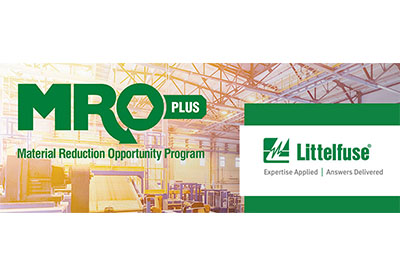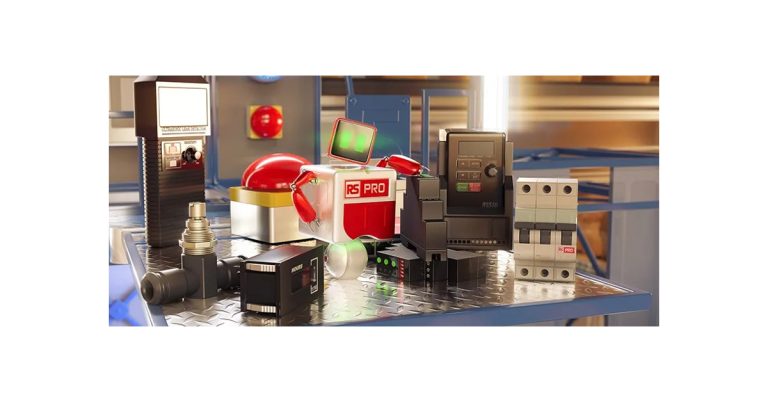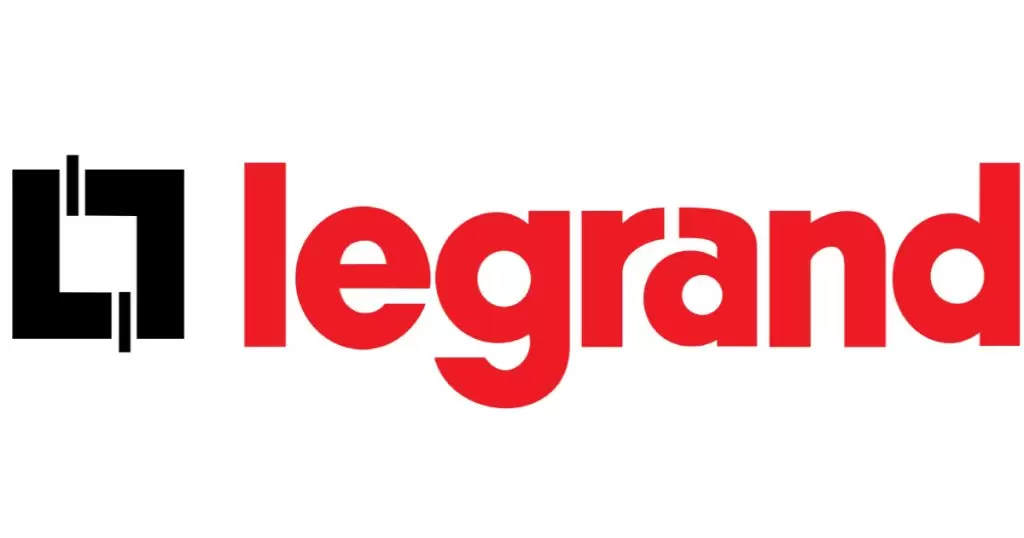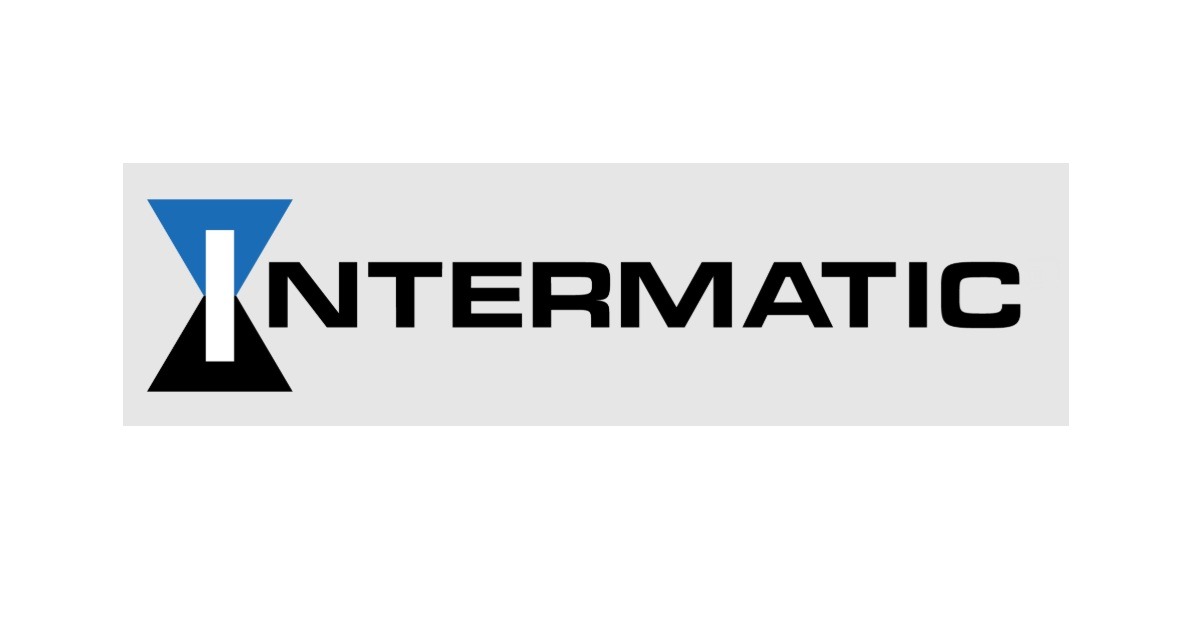How Nonmedical Device Manufacturers Can Assist with COVID-19
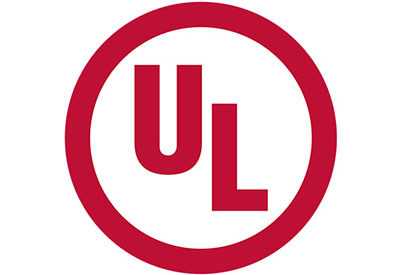
As the COVID-19 pandemic has continued across the globe, UL’s Engineering Director of Life and Health Sciences, Deborah Jennings-Conner, sat down with numerous publications to discuss the effects on manufacturers. She specifically discussed how nonmedical device manufacturers can pivot their processes to help build much-needed materials and products while maintaining compliance.
Below are a few excerpts from her interviews that highlight best practices for manufacturers looking to contribute their facilities and expertise in fighting the current pandemic.
Partner up: “Leading medical device manufacturers and suppliers are well-versed and entrenched within the rigorous FDA framework. Their ability to increase FDA-approved medical device availability by partnering with a potential new non-medical manufacturer has the ability to speed critically needed medical products to the healthcare community. Veteran medical original equipment manufacturers, or OEMs, have experience adding or moving manufacturers and can help to speed the start-up process.
“The medical OEM also already has in place the needed control processes to ensure the products sent to the market are the safe and effective FDA-cleared products. We recognize current supply chain challenges. As a resource, UL works with many global suppliers and maintains a database that allows you to locate a product or component that meets your needs.”
Industry Week Staff. “How Are Supply Chains Adapting to the New Reality?” Industry Week – April 27, 2020
Follow FDA guidelines: “If you’re a manufacturer that wants to start from scratch, under the emergency use situation that we’re in, the FDA has posted guidelines for many types of medical products. For example, for ventilators, there is an emergency use authorization or EUA. Any new manufacturer that would like to try to produce ventilators can email or call the FDA, and they could propose their design. And the FDA will get back with them as to whether they could do something under an EUA or not. But the minimum that they’re going to need to have in place is going to be a quality management system.”
Training and education: “Training and education of the employees are extremely important, particularly if a product coming down the production line gets stopped for some reason, the enclosure has a problem, or the switch won’t fit, or I’m missing the switch that was originally designed to go in there. So, there are a lot of rigor and rules around the people who are trained properly to know these situations and how to handle the exceptions to the situations.
“I would say manufacturers that have worked in a basic quality management system, which is called ISO 9001, would have a good idea of the rigor around this process, not just the manufacturing but even the procurement, ordering the correct parts, et cetera. Medical has its own quality management system, ISO 13485, and I lovingly refer to that is ISO 9001 on steroids.”
Heney, Paul. “Hack the Crisis: UL’s Deborah Jennings-Conner on transforming manufacturing operations” Design World – April 29, 2020



